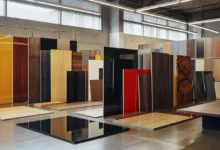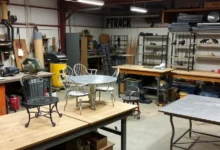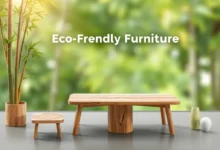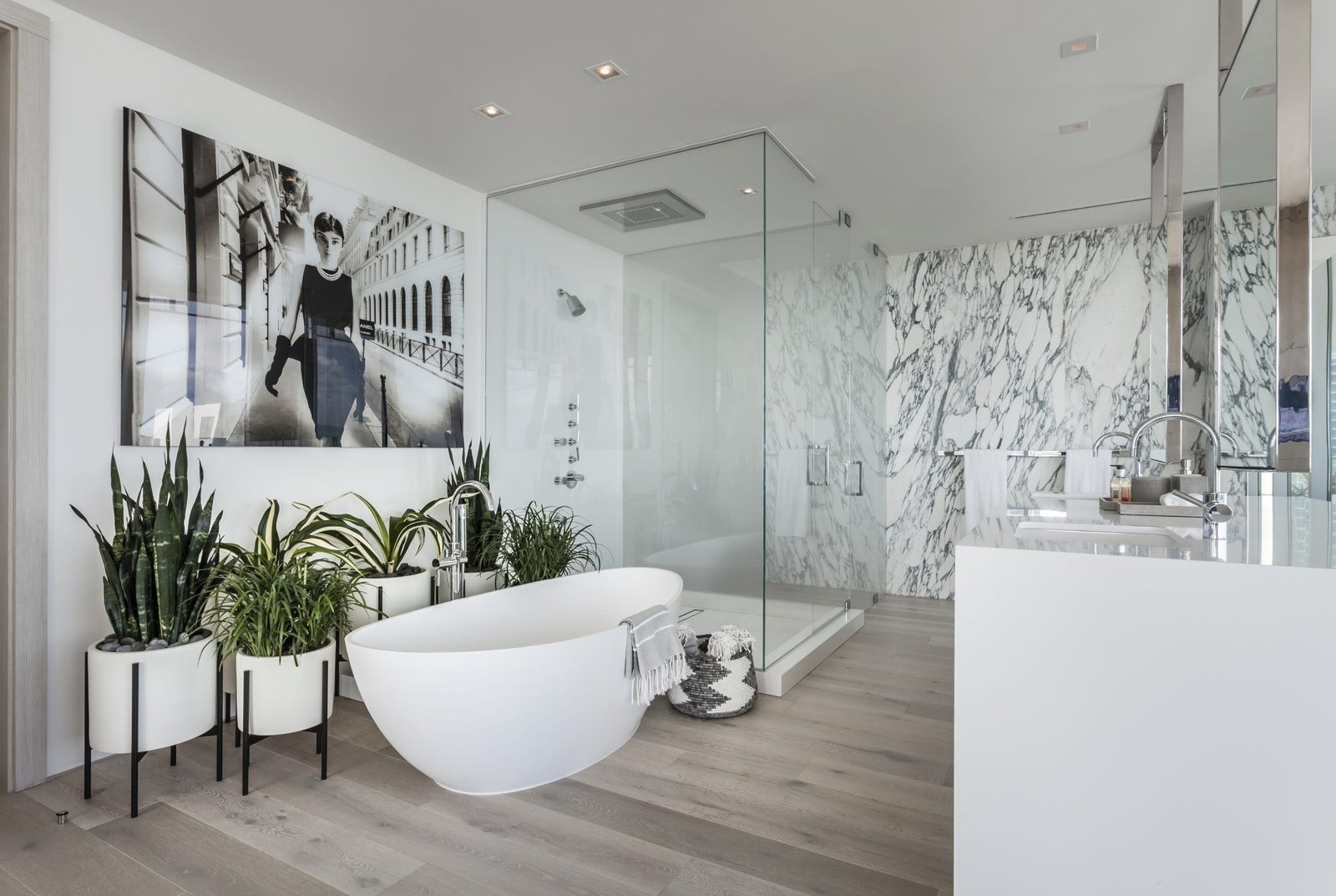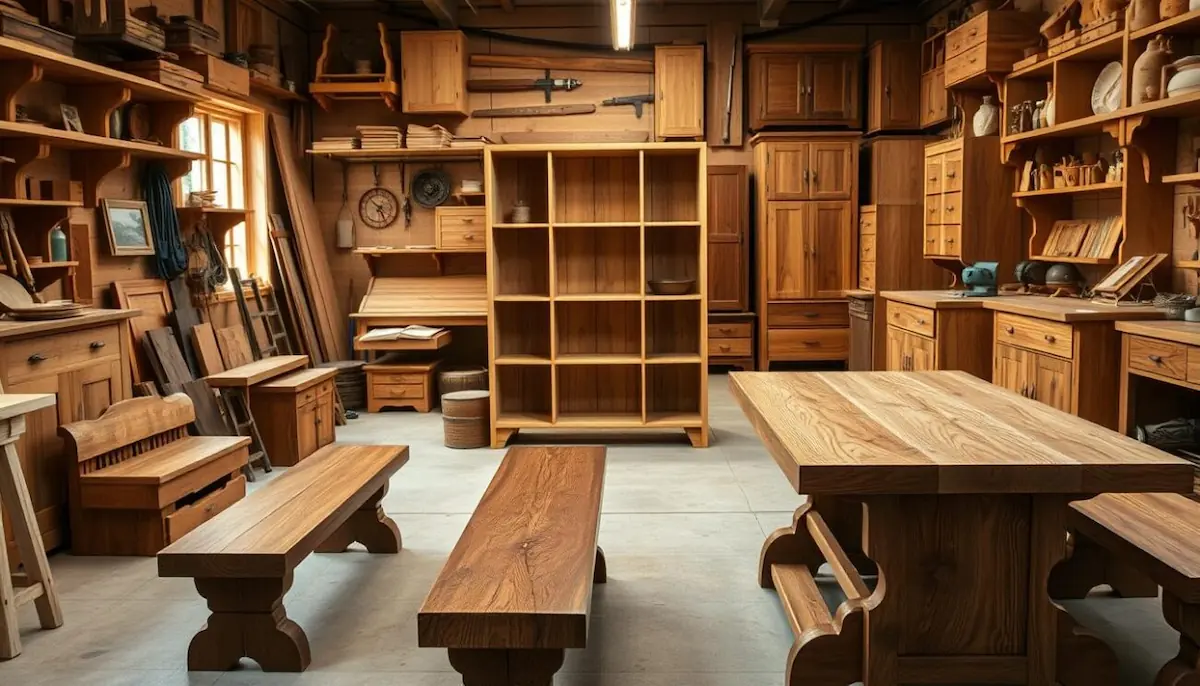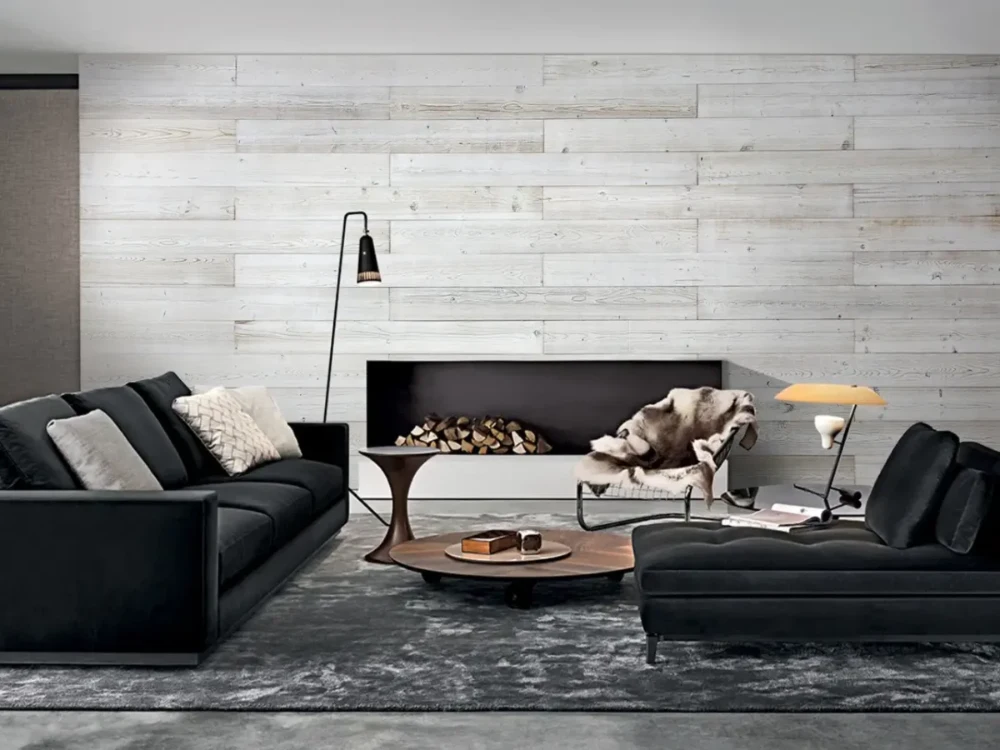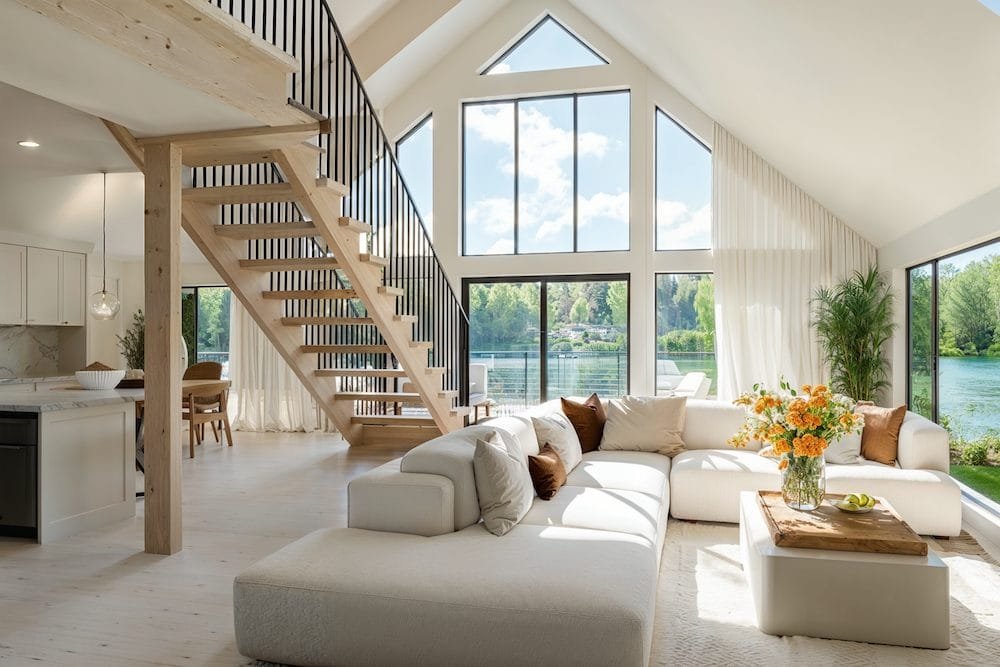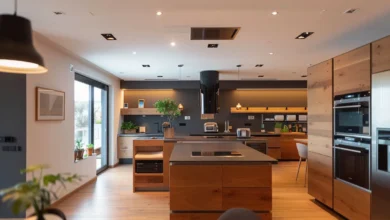How do I choose the perfect furniture forms for your project? – Interio Work …
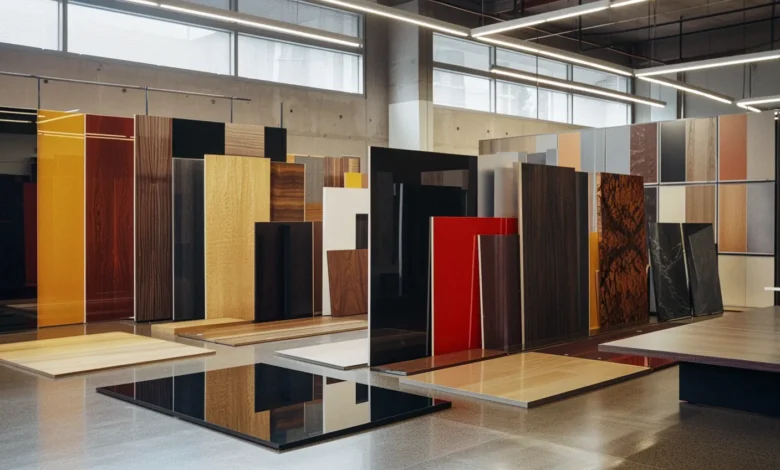
Choosing the right furniture forms is one of the most important tasks that stands for every interior designer and a carpenter. Furniture forms, which are a fundamental production element, have a huge impact on the appearance, functionality and sustainability of furniture made. From the choice of material, to colors, to texture – every detail is important and can influence the final reception of the project.
In the era of various interior design styles and dynamically developing technologies, the possibilities are practically unlimited. Regardless of whether you strive to create a classic interior with a touch of elegance or modern space with a minimalist design, Well -selected furniture shapes can improve the quality of the project and give it a unique character.
Definition of the furniture shape and its use
Furniture forms are one of the basic components used in the production of furniture that decide on many aspects of the end product, such as strength, aesthetics, as well as the price. Understanding their role and properties is crucial for anyone who works in the furniture industry, from designers to carpenters.
What are furniture forms?
Furniture forms are plates made from different materials that are processed to make different parts of furniture, such as worksheets, cupboard fronts and structural elements. They can be made from a wide range of materials, including wood, plywood, MDF (average thick plate), HDF (high -dick plate), as well as different types of laminates and veneer. The choice of materials depends on the required durability, aesthetics and project budget.
Application of furniture forms
Furniture shapes are used in almost every type of furniture. They are used for the production of kitchen, office, shopping furniture, as well as in interior design elements such as wall panels or sliding doors. Their versatility makes them necessary in every furniture project, making the desired functionality and aesthetics possible.
Types of furniture shapes
- Wooden. A traditional choice for many designers, wood is appreciated because of the durability and the natural appearance. Forms made from massive wood are ideal for the production of high -quality furniture that must be used for years.
- MDF I HDF. These plates are appreciated for their slipperiness and uniformity, making them ideal for painting or packaging veneer. They are relatively cheap and easy to process, making them popular in large -scale furniture production.
- Laminated. Laminated plates are covered with a decorative layer that can imitate the texture of wood, stone or other materials. They are resistant to scratches and easy to maintain, making them an ideal choice for furniture used in places with a high intensity.
Choose the right type of shape
The decision to choose the correct type of furniture form must be determined by various factors, including the purpose of furniture, the expectations of the customer with regard to aesthetics and sustainability, as well as the available budget. It is also worth considering the conditions in which furniture will be used, eg moisture or intensity of use, which can influence the choice of material.
Factors that influence the selection of the shape
When choosing furniture forms it is important to consider a number of factors that not only influence the appearance, but also the functionality and sustainability of furniture. From material, to the production process, to definitive finish – each element is crucial. In this section we will take into account which aspects should be taken into account when choosing the perfect furniture forms.
Material
The material from which the shape is made is the basis on which the entire furniture structure is based. Different materials offer different properties that may be more or less suitable, depending on the use:
- Natural wood. Although more expensive, it is chosen because of its sustainability and unique appearance. Each plate has a unique grain that guarantees the originality of each manufactured element.
- Laminated planks. They are chosen because of their resistance to wear, moisture and convenience of cleaning. They are ideal for the kitchen, bathrooms and public places.
- MDF/HDF. They offer an excellent surface for painting and are easy to process, with which you can make complex shapes and designs.
Sustainability and aesthetics
When choosing furniture forms, we must find a balance between sustainability and aesthetics. What is beautiful is not always sustainable, and what is permanent does not always meet our aesthetic expectations. Considerations must be:
- Damage resistance. Forms must be chosen for their future use. In places with a high intensity, such as kitchens or commercial spaces, it is worth choosing scratch -resistant materials and being easy to maintain.
- Last appearance. It must be reminded that the material influences the final appearance of the product. So let’s choose such solutions that are aesthetically involved in the expectations and the nature of the space.
Producer’s Choice
Although the material is crucial, the manufacturer’s choice is equally important. The manufacturer must not only guarantee the quality of raw materials, but also the precision and delivery stability:
- Certificates and quality standards. A good manufacturer of the furniture form must have suitable certificates that confirm the quality and safety of its products.
- Opinions and experience. The choice of proven suppliers with positive opinions in the industry increases the chances of a satisfactory end result.
Choosing the right furniture forms is a process that requires a well -considered analysis of many aspects. Regardless of whether you design furniture on request or design serial production of planning, remember that each choice has a direct influence on the quality, sustainability and aesthetics of the end product. In the next section we will discuss how we can match the forms with different interior styles to better satisfy customer’s expectations.
Adjust the form to the interior style
The selection of suitable furniture forms is not only a technical but also artistic problem. To perfectly fit the furniture in the designed space, it is necessary to understand how different materials and finishes can influence the style of the interior. In this section we will discuss how we can choose forms that best reflect the character of individual interior design styles.
Modern interior Pure Form and Functionality
Modern interiors are characterized by minimalism, simple forms and functionality.
- Smooth and uniform surfaces. MDF forms fallen to high gloss or matt are ideal for creating modern, smooth furniture.
- Neutral colors. Black, white, gray sizes mix well with modern interiors, creating a coherent and elegant appearance.
- Metals and glass accents. Forms can be combined with metal or glass elements that add a modern character and optically enlarged the space.
Scandinavian style functionality and naturalness
The Scandinavian style values mainly functionality, simplicity and proximity of nature, which are also reflected in the choice of forms:
- Natural wood and its imitations. Light wood, such as pines, ash or oak, fits perfectly in Scandinavian aesthetics. Precise or laminated forms that imitate wood are a good choice.
- Bright, warm colors. White, beige, pastel colors help create clear and cozy interiors, typical of Scandinavian design.
Classic interior elegance and details
Classic interiors require elegance and wealth of details, which must also be reflected in the selection of forms:
- Precious wood and veneer. Forming dark wood or richly decorated veneer Add classic elegance to the interior.
- Gilding and patina. Forms with gilding accessories or the effect of aging can add a classic, luxurious look to the interior.
Industrial style serious and character
Industrial style is a combination of severity and modernity. Here too, the right selection of formatts is crucial:
- Raw materials. Forms that imitate concrete, non -mocked wood or metal, can be used to make furniture that fits perfectly in industrial aesthetics.
- Dark colors and rough finishes. Black, graphite or rust tones add character and emphasize the rough nature of the interior.
When choosing furniture shapes that are tailored to the interior style, it is worth paying attention to their impact on the atmosphere and functionality of the space. Knowledge about how materials and their finishes influence the perception of the interior, allows you to consciously form the space as expected and the needs of users.
Summary
When choosing a furniture shape it is worth remembering that it is A decision that not only affects aesthetics, but also functionality and sustainability Furniture made. The perfectly selected form is one that harmonizes harmonizing with aesthetic expectations, meets the functional needs of the user and corresponds to the details of a certain interior.
Thoughtful selection of materials, appropriate understanding of the needs of the customer and conscious use of available technologies And trends enables you to implement projects that will not only enjoy their appearance, but will also serve for many years. Remember that each project is an individual story and furniture forms are one of the most important pages. Regardless of the style in which you work, it is always worth investing in materials that increase the value of the end product. We encourage you to experiment with different materials and techniques to find those who best meet your needs and expectations.

